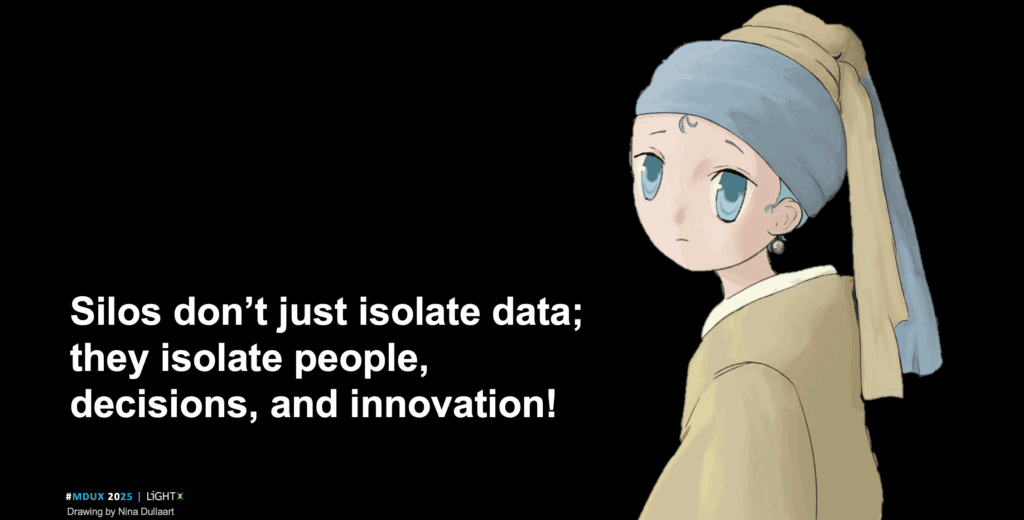
This time, I share with you what I presented during the LightX conference in October.
You might wonder why there is an anime version of the girl with the pearl earrings in the header. Let me explain. My daughter Nina, who was 12 at the time she drew this on her iPad for a school assignment (without AI). At her school, they have a mobile app that allows teachers to record homework assignments. This way, kids know what to deliver when and what the criteria are for the assignment. Nina read the assignment, which required her to create her own interpretation of a painting by one of the 10 masters provided. She chose “The Girl with the Pearl Earring” by Johannes Vermeer. That was the information that was provided.
She created this anime version because she is really into anime and manga. When she handed the product over to the teacher, the teacher said it did not meet the criteria because, apparently, additional requirements were shared on a Teams page. However, when the class was notified of this, she was sick at home.
The proper procedure is to add a link to the material on Teams in the homework app’s assignment. To develop the right product, you need the right process and people who follow it, using related tools correctly. Otherwise, you get requirements that are not communicated, expectations not met, and end up in disappointment and loss of trust.
What happened to my daughter happens in organizations daily, with sometimes devastating results. Data is disconnected, processes and people are siloed.
Today, I want to discuss how configuration management, specifically CM2, can support aligning products, processes, and people to achieve the best possible results efficiently and effectively every time.
The perception of Configuration Management
When I talk about Configuration Management, not everyone has the same positive association. You know Configuration Management, that thing that people hate:
- The Fun Police
- ️The Innovation Killer
- The Department of No
- The Waffen-SS of quality.
Yes, Configuration Management does not have the best reputation, which got me thinking that this perception is flawed at best!
Just Duct Tape It
Often, Configuration Management is the only thing standing between innovation and a product held together by duct tape and ignorance.
As a kid, I loved the TV show MacGyver in the late eighties, about a secret agent who basically saves the day with duct tape. But you can’t MacGyver yourself out of quality issues in real life.
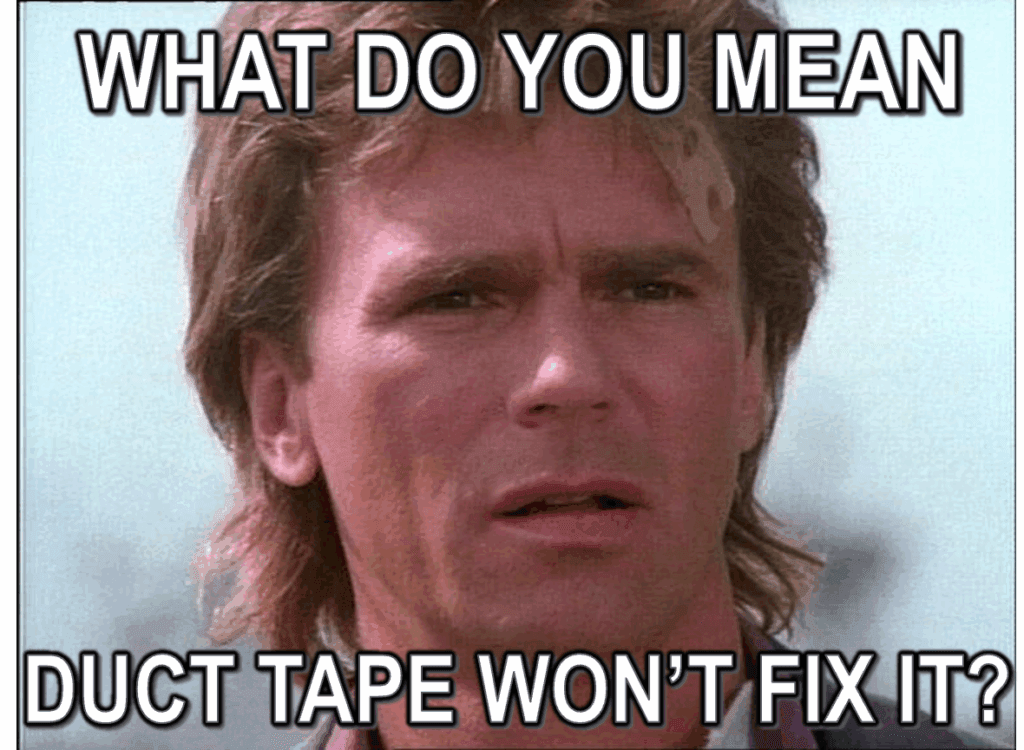
Every organization has a little bit of this ‘just-duct tape-it’ mentality. We’re great at patching, great at quick fixes, great at just getting things out the door. We have the best engineers, the smartest people, the most talented teams. And when something breaks, what do we do? We find a creative way to duct-tape it back together and get it out the door. And it works… for a while. Until it doesn’t.

Do you remember this? The Deepwater Horizon explosion killed 11 rig workers and caused an environmental disaster of immense proportions.
The companies involved have spent $71 billion so far. What happened?
The diagrams provided by the equipment’s owner to the oil company did not match the Blowout preventer structures located on the sea floor. When they tried to install the device that could have prevented the explosion, it didn’t fit. Changes were not processed properly.
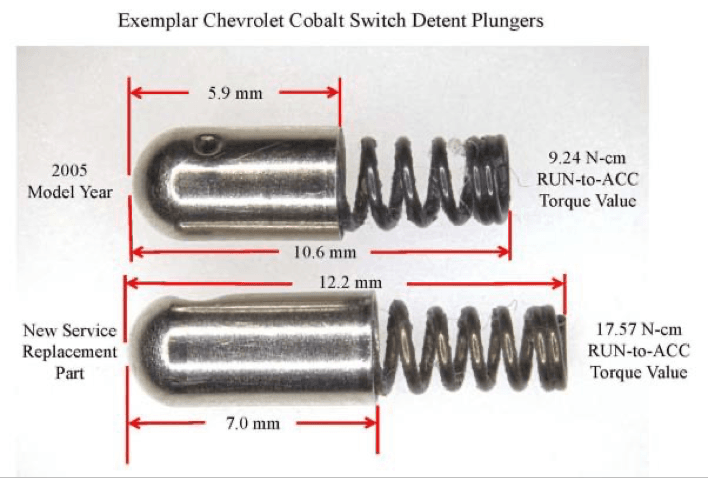
A car manufacturer altered the design of ignition switches without changing the part number. Due to the change, the ignition could instantly switch off, causing the engine to stop. Imagine you are on the highway, driving at 65 or 70 miles per hour, and suddenly your engine comes to an immediate halt.
275 people were injured, and 124 lost their lives. The company has paid US$2,6 billion in fines and settlements and recalled 30 million cars worldwide.
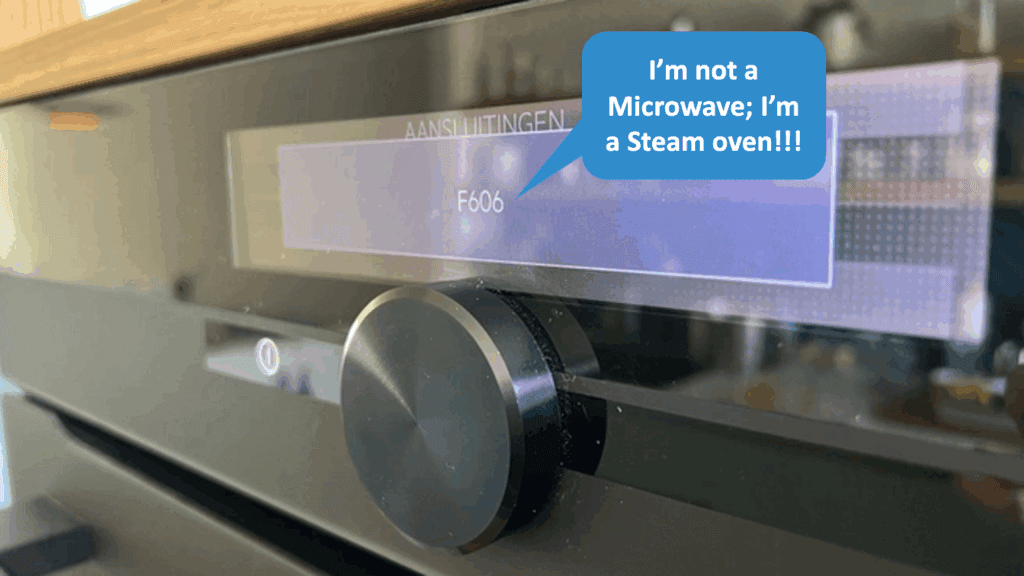
A kitchen appliance manufacturer provided a software-over-the-air update to its Microwave Combi, which caused an identity crisis: the microwave combi believed it was a steam oven. Since the steam oven lacked a software-over-the-air update function, the fix required a service engineer to physically update the device via USB.
These examples are not intended to bash these manufacturers; that is why I do not mention names. Because this could have happened in some way or form to any of our organizations. The common theme is that there was no adequate CM in place to prevent these issues from occurring.
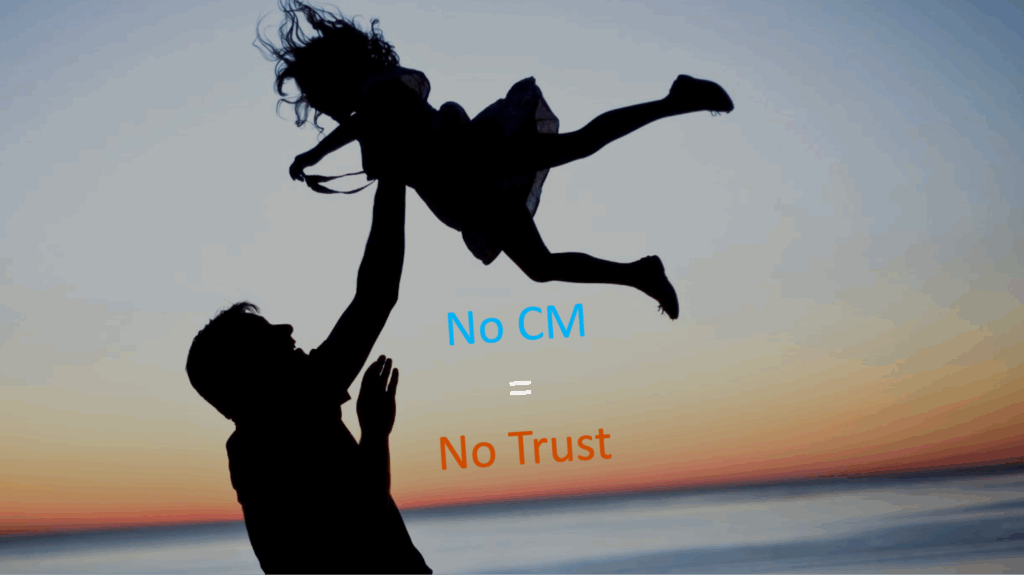
“How can you scale your business effectively and sustainably when your organization runs on chaos?”
Don’t get me wrong. Even with the perfect system, things will go wrong, less frequently, and when they do go wrong, the perfect system will detect this earlier and fix it faster, and prevent the same problem from recurring.
Scaling an organization, whether it is a startup or a large corporation, requires a holistic approach. If you do it without a good plan and without considering Enterprise Configuration Management, you will create a business deficit from the start. You end up immediately with a legacy system that requires patches to stay afloat.
Configuration-relevant information
All configuration-relevant information in an organization must be identified, linked, owned, validated, and released.
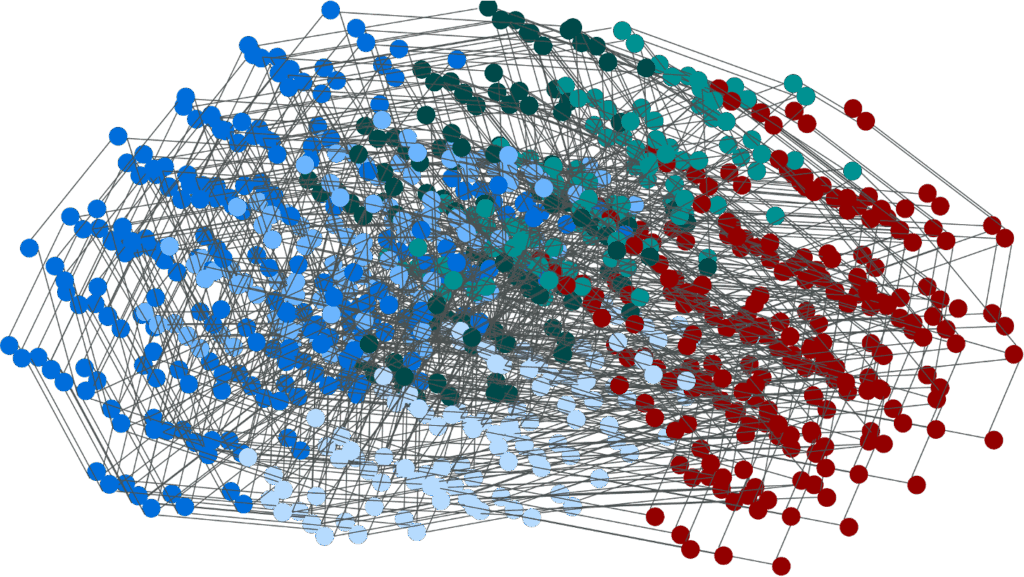
- If you do not identify each information element, it does not exist.
- If you do not link the information elements, you will not be able to find or trace them.
- If you do not define ownership, who is responsible for the element, who will answer questions, and who do you go to for change?
- If you do not validate the information, how can you trust that the information is valid when you release it?
How else can you trust the information? If you do not identify, link, own, validate, and release the information, it is just a rumor. Hope is not a strategy!
If you untangle this data, it might look something like this in a perfect organization.
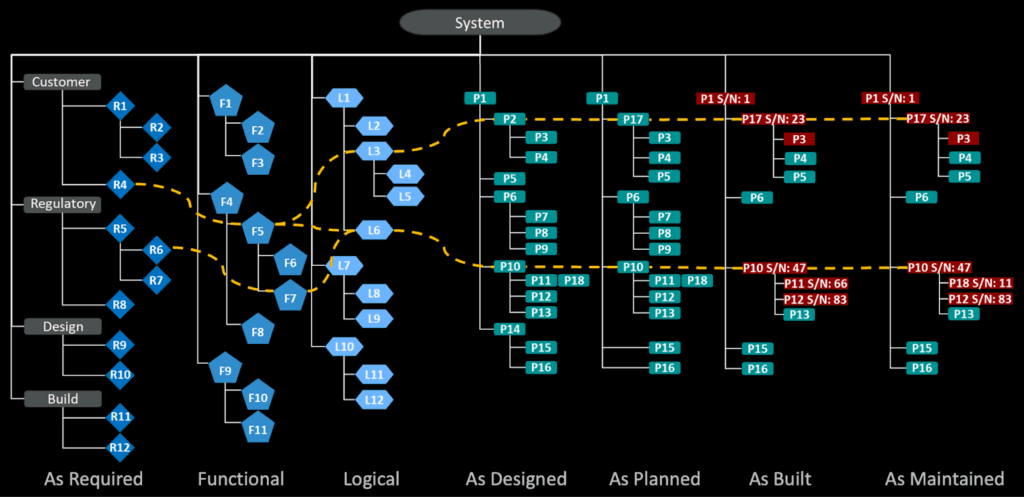
But you can already see that these are different baselines, that are managed in different systems by different functions using different processes and different data models. That means the information is often disconnected or mapped to a different data model or identified differently across different systems.
CM2 Closed Loop Change Process
This is where CM2 comes in, with its change process and operating procedures for identifying and structuring this information. All the information that is created needs to be identified, structured, linked, owned, validated, and released in order to find it, use it, and reuse it. We all know this. But maybe you don’t know that there are proven best practices of how it can be better.
CM2 is a framework that not only describes what you need to do to stay in control, but also how you do it.
One of the key components is the closed-loop change process, which helps maintain configuration-relevant information within an organization. But while it is excellent at doing that, it does not allow you to look beyond the silos, nor does it give you insight into all the planned changes across these silos.
And note that these silos and disconnects are one of the reasons that people spend 25 to 30% of their time searching for the relevant information needed to do their job (McKinsey and IDC).
On top of that, these silos contribute to the fact that 20 to 30% of people’s time is spent on rework and fixing issues. Combining these numbers reveals that around 50% of the time, your employees are doing non-value-added work.
So, how do we bridge the gaps between processes and people across these silos to deliver the right product that your customers value?
CM2 Baseline
This is where the best part of CM2 enters the stage: the CM2 Baseline a.k.a. the As-Planned/As-Released Baseline. It is a rolling baseline that not only shows you the past and present, but also gives you insight into how your product will evolve into the future.
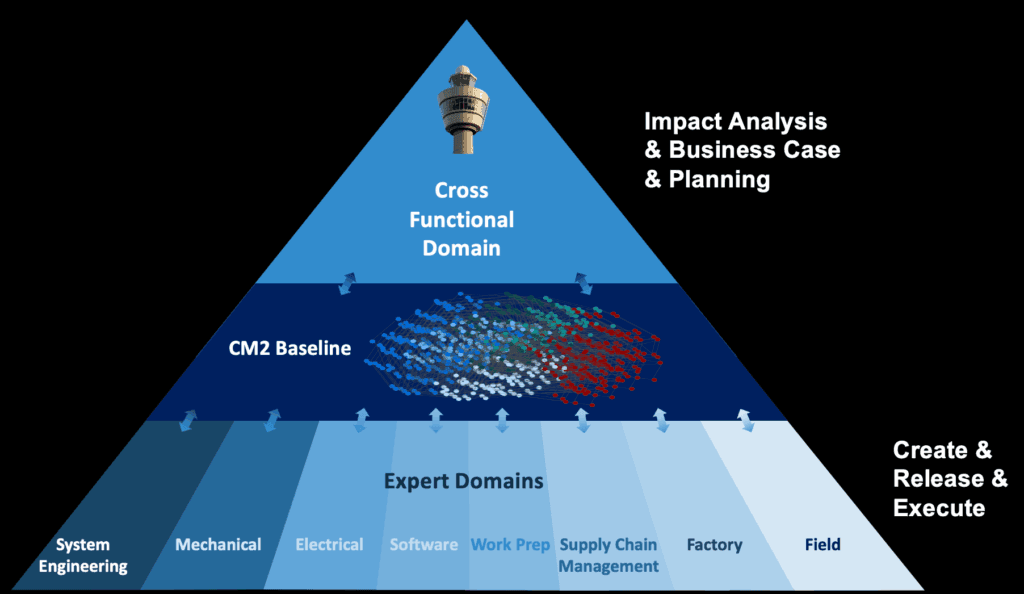
What you see here is a pyramid that represents an organization. At the bottom, you see all the different expert domains/functions, such as System Engineering, Mechanical, Electrical, Software, Work Preparation, Supply Chain Management, Factory, and Field. Each of these domains has its own deliverables, its own language, and its own tools and data models. These are your silos.
However, to successfully design a product, we need to collaborate cross–functionally. So, at the top, you see the cross-functional domain. Where you collaborate using a common language and data model. Here, you perform impact analysis, develop business cases, and plan. In the expert domains, you create, release, and execute knowledge.
In the middle, you see the CM2 Baseline that connects all these different domains together using a semantic common data model. It connects data from across domains and tools to create a holistic 360 view of your product. Essentially, a social media profile for each product and its components.
To learn more about the CM2 Baseline, check out the following articles:
- Understanding the Impact of Changes introduced the need for the CM Baseline.
- Connections tell the Story introduced the first component of the CM Baseline, the Business Object Graph.
- Intentions are the desire for new Stories, introduced the second component of the CM Baseline, the Impact Matrix.
- Dependencies limit the possible sequences of events, introduced the third component of the CM Baseline, Dependencies or a.ka. Change Dependencies.
- Timing is Everything, introduced the fourth and last component of the CM Baseline, Implementation Plans.
- 5 Ways a CM Baseline brings value
- One way to organize information for the CM Baseline
- Boost your Knowledge Graph with Events to gain Untapped Insights
With the CM2 Baseline, you can see the past, present, and future. Instead of only looking at a star and seeing its past, you see the current state. In this example, you can see that I have a baseline today based on the released Change 1. I have planned Change 2, which will replace parts 1, 3, and 4 with parts 6, 7, and 8, respectively. And I am analyzing the impact of replacing part 5 with a new part in Change 3. If, as we have always done, we do an impact analysis against the latest released, you would mark part 3 as impacted and requiring a BOM change.
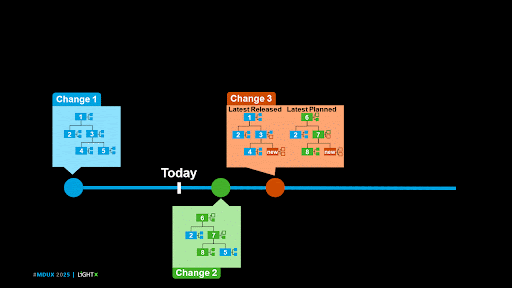
However, by the time we implement change 3, change 2 will already be implemented, and part 3 is no longer in the configuration. I need to update part 7 instead. While this is a very simple scenario, having a CM2 Baseline will allow you to detect overlapping changes, improve sequences of implementation, gain better insights into actual impact, and much more. No more relying on tribal knowledge and key individuals to tell us the work to be done, what, and who is impacted.
The CM2 Baseline is a rolling baseline that is updated with each change. So, everything after today (now) is planned information; it is not set in stone. But if you know that change 3 will be implemented after change 2 is released, it is useful to understand the impact by comparing it to the planned state instead.
Once Change 2 is released and effective, there will be no planned information on the blue line as the baseline has evolved and branched.
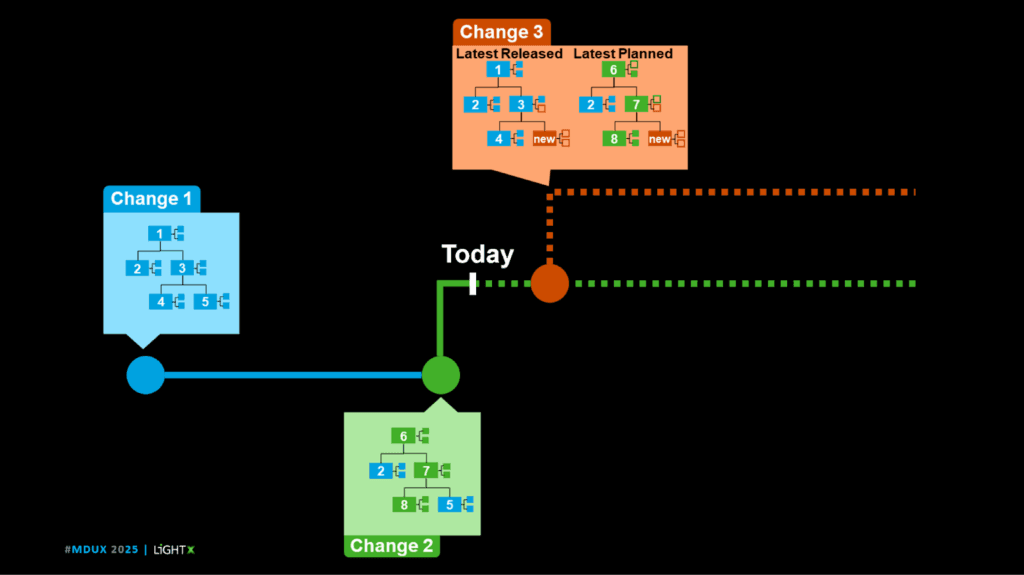
Conclusion
The success of the people in your organization is ultimately constrained—or empowered—by an organization’s processes, governance, culture, tools, and data. Data is the oil that lubricates the cogs of your organization. But if that oil is trapped in silos—disconnected and inconsistent—the machinery grinds inefficiently. Silos don’t just isolate data; they isolate people, decisions, and innovation.
CM2 is not just a methodology. It’s a mindset—a framework for aligning products, processes, and people in a way that breaks down those silos and builds a foundation for agility, traceability, and trust. Without it, organizations become clunky and inefficient, relying on assumptions. When a tried and true standard exists, why would we not leverage it?
At the heart of this transformation is the CM2 Baseline, powered by knowledge graph technology. It enables organizations to expose and connect data across functions and tools—creating a unified, contextualized view of information that supports smarter decisions, faster innovation, and seamless collaboration.
With CM2 and the Baseline, organizations move from reactive to proactive. From fragmented to integrated. From constrained to competitive. In projects, “shift” happens daily. Remove the manual efforts, reduce risk, and gain organizational confidence.
So the question isn’t whether you can afford to invest in CM2—it’s whether you can afford not to.
Let’s stop treating alignment as a one-time initiative and start seeing it as a continuous capability. Because in a world of constant change, alignment is not a luxury—it’s your edge.
So… How do YOU CM2?
Copyrights by the Institute for Process Excellence
Don’t forget to subscribe to this newsletter and follow me!